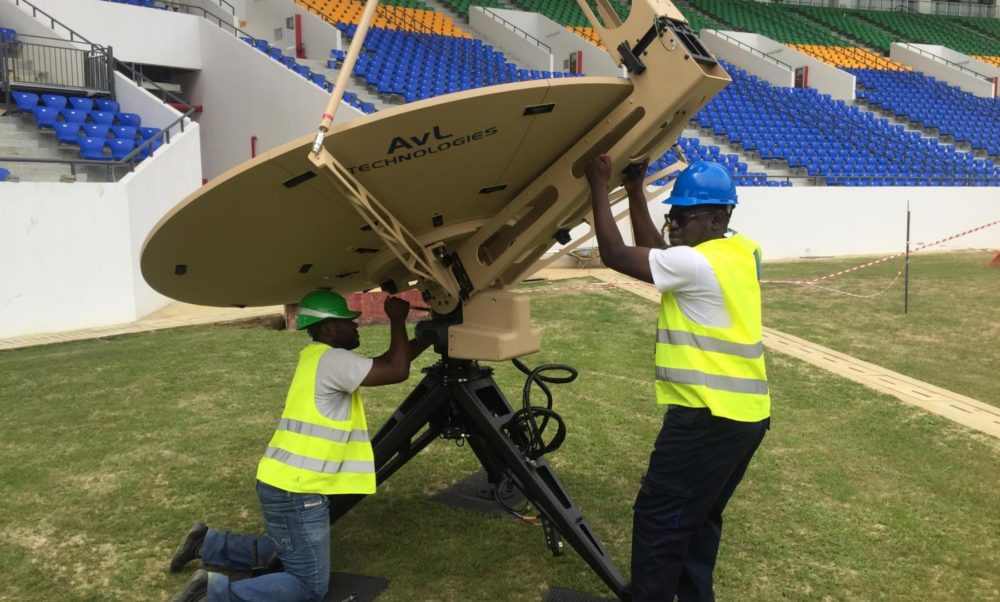We often talk about satellite’s ability to bring fiber-like connectivity to even the most remote parts of the planet on the Government Satellite Report. In fact, it’s become a line that we use and toss into our articles and coverage without really thinking about it. That’s because it’s ultimately one of the single largest value propositions for satellite services.
However, a lot more goes into bringing satellite connectivity to all corners of the globe than many people know. There is infrastructure that needs to be in place for satellite communications to be possible. That infrastructure needs to get there somehow – and it needs to be set up by someone.
One of the people responsible for that difficult work is Gary Boyle, the VP of Service Product Line Management at SES, who oversees the work of the SES Networks Global Services Team. Gary recently penned an incredible article for SES about the team’s mission, why it’s important and why it’s so difficult. Here is an excerpt of what Gary wrote:
<To read Gary’s article in its entirety, click HERE.>
Perhaps the most incredible thing about satellite is that it can reach places traditional fiber can’t touch. From the middle of the Amazon to a disaster-relief mission in Puerto Rico to a war zone in South Sudan. But bringing satellite communications to these remote places can be a significant challenge.
Most of these locations are not optimal for hosting the communications equipment necessary to leverage satellite. Regardless of how remote or inhospitable the location, a team needs to go in to prepare the site, install the equipment, set up the service and make sure the infrastructure is running smoothly. And this is where the SES Global Services team comes into play.
Global Services is the on-the ground team that physically prepares, ships and deploys equipment at a given customer site. The organization has four distinct, yet highly integrated parts: our field team (on-site deployment), our staging team (system preparation), our logistics team (procurement, shipment and delivery) and our partner management team (coordination of local partner organizations).
In addition, we have an incredible extended team, including those who help bring the system online, such as our network operations team, and those who conduct remote trouble shooting and provide 24/7 help desk support for the life of the service.
Global Services’ mission is to make sure the deployment is fast, smooth and successful… and on the first attempt. Second chances are not an option given the sophistication of the system, the complexity of the environment and the enormity of the customers’ objectives. This is no small feat.
Just think about the logistics of getting the equipment where it’s supposed to go, let alone deployment. Once the equipment is staged at our Washington DC facility, it’s then shipped as close as possible to the deployment site. But an airport could be hours and miles of treacherous landscape away from the final destination. That could mean enlisting the help of anything from all-terrain vehicles to canoes in order to go the distance.
But the work doesn’t stop once the deployment is in place. The SES Global Services team then needs to train the customer and get them up and running on our managed services. That’s when the magic happens – watching them realize the newfound freedom and opportunity to communicate in an entirely new way, which is what really gets us excited.
I think about a recent project for a school in Colombia – thanks to satellite, those kids now enjoy connectivity that will enable e-learning and provide exposure to so many new opportunities that wouldn’t have otherwise been accessible to them. It’s helping them find their Heart of Opportunity.
The Global Services team is a dedicated group of practical, creative service professionals using satellite to make seemingly-impossible missions possible. We will stop at nothing to get the job done and help our customers and their end users connect with each other and the rest of the world – to help them unleash their limitless potential.
